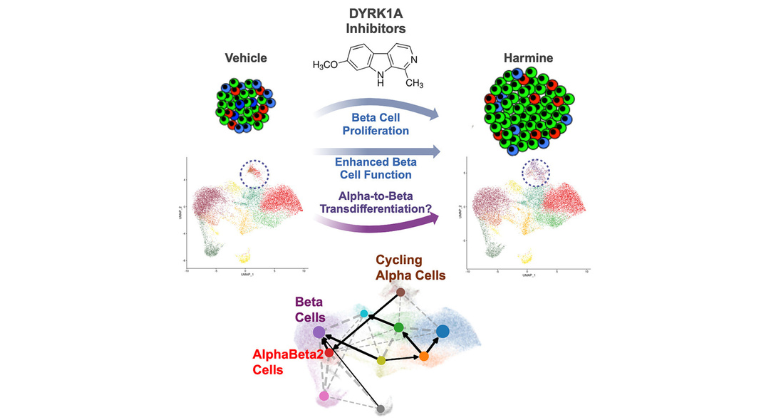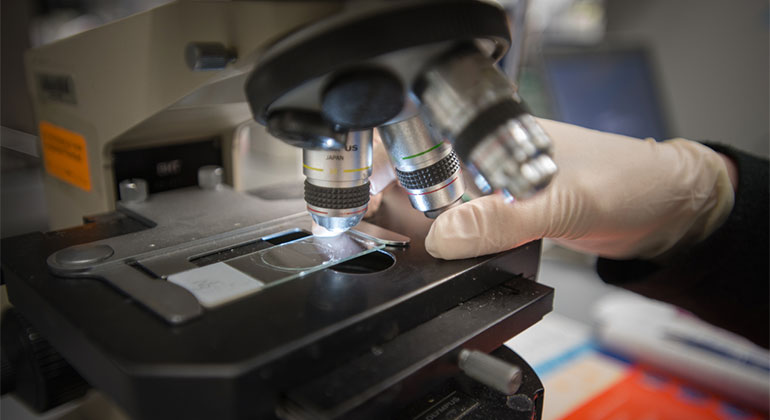Mount Sinai Health System and UC San Diego Partner to Promote Innovation in Emergency Medical Services
As part of nationwide efforts to discover and implement best practices for emergency medical care, the Mount Sinai Health System today announced the launch of its “Promoting Innovations in Emergency Medical Services” project, in collaboration with University of California, San Diego Health System.
As part of nationwide efforts to discover and implement best practices for emergency medical care, the Mount Sinai Health System today announced the launch of its “Promoting Innovations in Emergency Medical Services” project, in collaboration with University of California, San Diego Health System. The project’s goals include identifying and addressing the regulatory, financial and technological obstacles to improving our nation’s EMS systems. It is supported by a $225,000 grant from the United States National Highway Traffic Safety Administration, the U.S. Department of Homeland Security’s Office of Health Affairs, and the U.S. Department of Health & Human Services.
“Our hope is to engage with a diverse group of stakeholders to create a pathway for the widespread implementation of best practices and delivery system reforms in emergency medical services across the U.S.,” said Kevin Munjal, MD, Assistant Professor of Emergency Medicine at the Icahn School of Medicine at Mount Sinai. Dr. Munjal is a Co-Project Director, along with James Dunford, MD, Professor Emeritus of the UC San Diego Health System and EMS Medical Director for the City of San Diego.
Leaders in the field have long recognized that EMS could serve as a vital link in a coordinated healthcare system focused on population health management. EMS could help identify and modify risk, assess and facilitate treatment of chronic conditions, and improve coordination of care for acute complaints. The rapidly evolving healthcare landscape – especially in an era of health care reform – provides an opportunity to capitalize on this potential.
Novel rural and urban EMS programs, including the one at Mount Sinai, have begun filling gaps in systems of care. Indeed, terms such as “community paramedicine” and “mobile integrated healthcare” are used to describe how the full clinical, operational, and financial capacity of EMS could be harnessed.
As EMS agencies strive to innovate within the current infrastructure, they face challenges from existing laws, regulations and even mind-sets. The project team is aware of the delicate balance between enabling innovation while still protecting public health and safety through regulatory oversight and maintaining a statewide systems approach to the provision of emergency medical care. State Offices of EMS play a vital role in fostering innovation and will be vital stakeholders in this project which seeks to develop model legal, regulatory, and financial frameworks to assist and encourage state and local health systems to test new EMS delivery models.
“This is a fantastic opportunity for EMS to merge imagination, sound medicine and health information technology to improve care and lower cost,” said Dr. Dunford of UC San Diego. “Tomorrow’s innovations will likely improve domestic preparedness, increase patient access to care, decrease healthcare costs and improve community resilience.”
For more information, visit www.EMSinnovations.org
Key aspects of the project include:
• Collection of input from key EMS and community healthcare stakeholders from around the country.
• Regional stakeholder meetings will be held in San Diego and New York in May of 2015, with a focus on incorporating national input into overcoming local barriers to EMS innovation.
• A national steering committee to be convened in Washington, D.C. in September 2015.
• An iterative approach to drafting materials and soliciting feedback through in person, telephonic, and online encounters with stakeholder groups.
• The creation of a National Framework Document that will be a broadly representative, thoroughly vetted tool that will offer a useful pathway to harness the full potential of EMS.
About the Mount Sinai Health System
Mount Sinai Health System is one of the largest academic medical systems in the New York metro area, with 48,000 employees working across eight hospitals, more than 400 outpatient practices, more than 600 research and clinical labs, a school of nursing, and a leading school of medicine and graduate education. Mount Sinai advances health for all people, everywhere, by taking on the most complex health care challenges of our time—discovering and applying new scientific learning and knowledge; developing safer, more effective treatments; educating the next generation of medical leaders and innovators; and supporting local communities by delivering high-quality care to all who need it.
Through the integration of its hospitals, labs, and schools, Mount Sinai offers comprehensive health care solutions from birth through geriatrics, leveraging innovative approaches such as artificial intelligence and informatics while keeping patients’ medical and emotional needs at the center of all treatment. The Health System includes approximately 9,000 primary and specialty care physicians and 11 free-standing joint-venture centers throughout the five boroughs of New York City, Westchester, Long Island, and Florida. Hospitals within the System are consistently ranked by Newsweek’s® “The World’s Best Smart Hospitals, Best in State Hospitals, World Best Hospitals and Best Specialty Hospitals” and by U.S. News & World Report's® “Best Hospitals” and “Best Children’s Hospitals.” The Mount Sinai Hospital is on the U.S. News & World Report® “Best Hospitals” Honor Roll for 2024-2025.
For more information, visit https://www.mountsinai.org or find Mount Sinai on Facebook, Twitter and YouTube.

Mount Sinai Researchers Move Closer to a Cure for Diabetes
Dec 10, 2024 View All Press Releases
Mount Sinai and U.S. Anesthesia Partners Form Alliance to Support New Anesthesia Practice
Dec 05, 2024 View All Press Releases
Mount Sinai Health System Expands Care in Staten Island
Nov 04, 2024 View All Press Releases
Mount Sinai Nurse Hosts Hypertension Series in Harlem
Oct 28, 2024 View All Press Releases
The Tisch Cancer Institute Emphasizes Critical Role of BRCA Testing For All Genders
Oct 14, 2024 View All Press Releases


